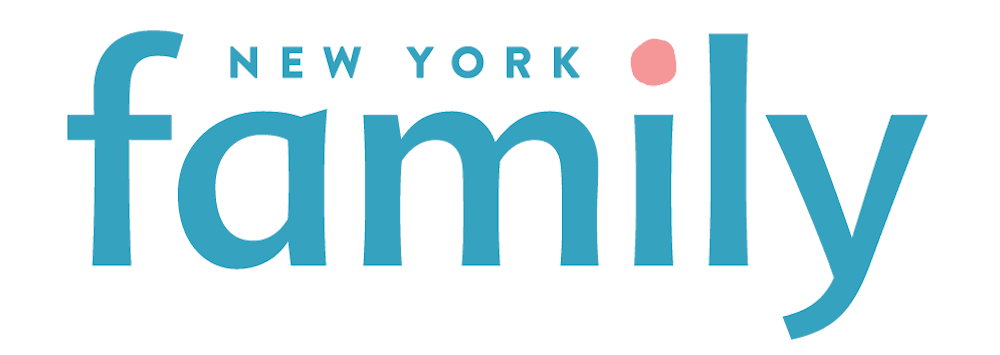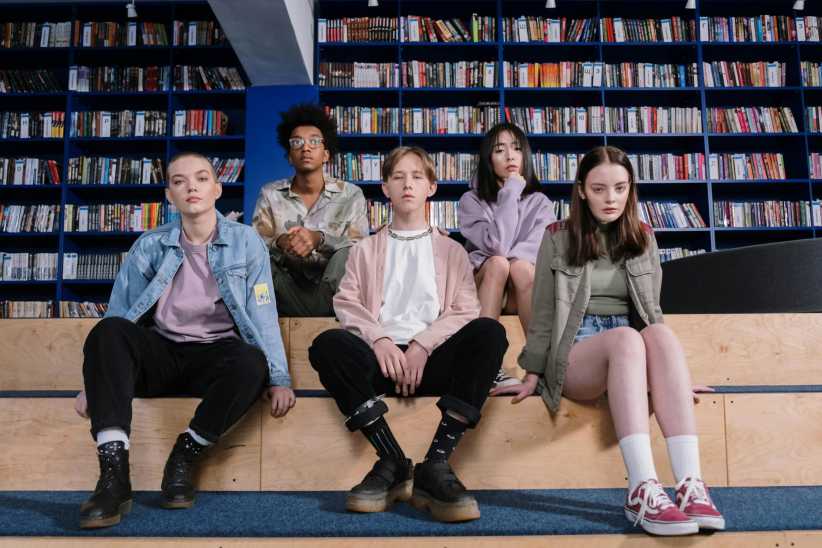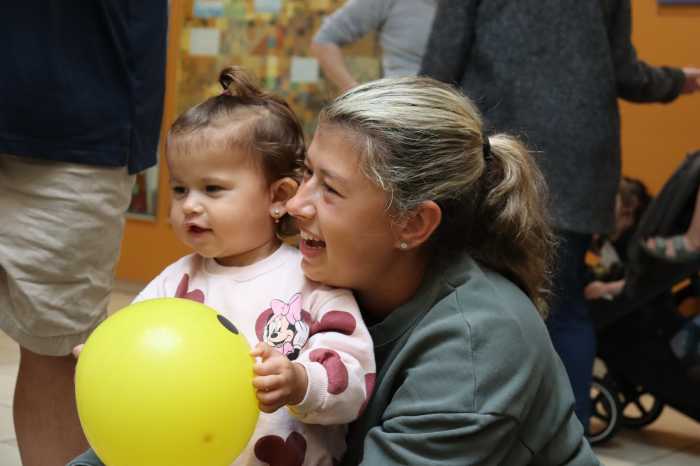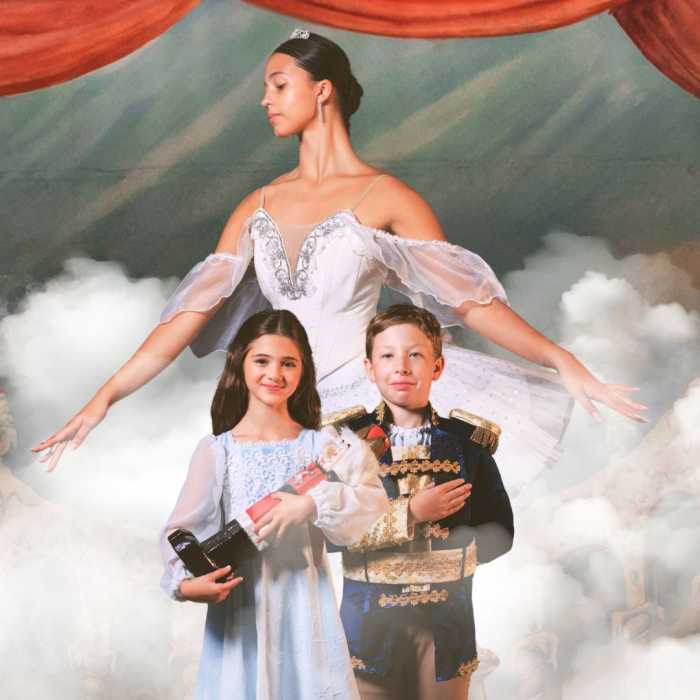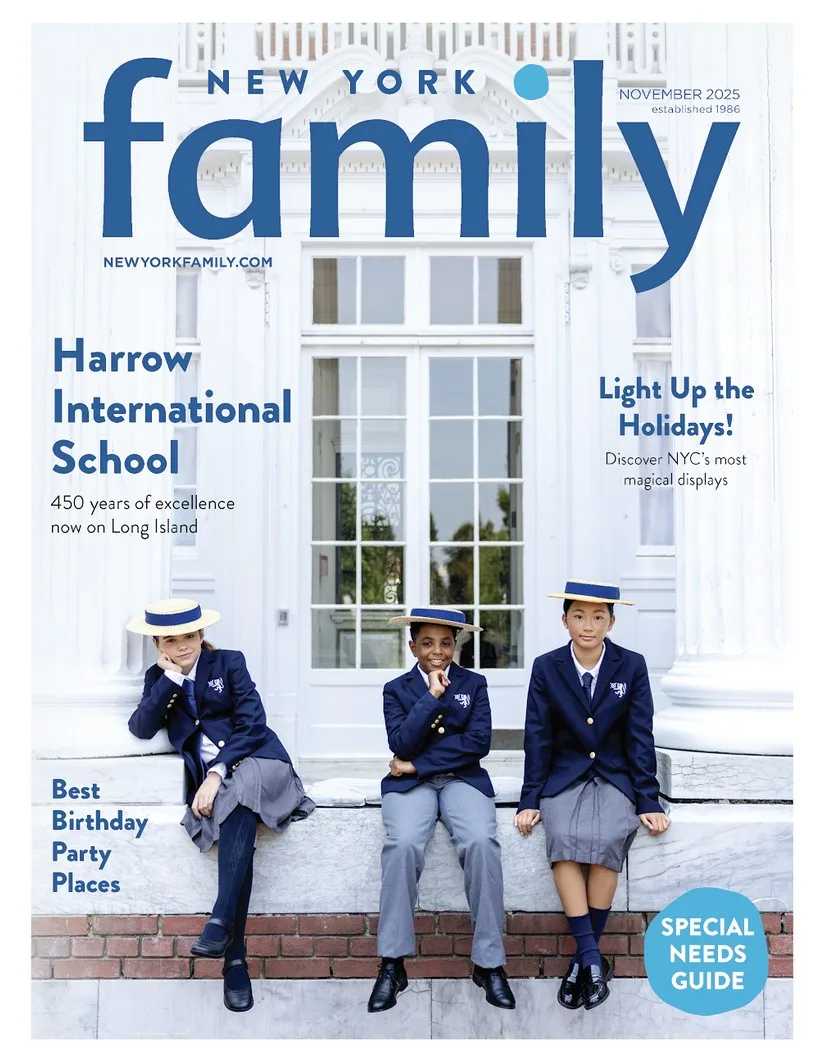Editor’s note: This story is part of our larger 2015-2016 NYC Admissions Guide, which you can read here.
- For our story on the Universal Pre-K admissions process, click here.
- For our story on Gifted & Talented program admissions, click here.
- For our story on charter schools admissions, click here.
- For our story on independent nursery school admissions, click here.
- For our story on independent school admissions for Kindergarten and up, click here.
- For our story on Catholic school admissions, click here.
Applying to Kindergarten is simple, except when it gets complicated. Let’s start with simple: Most children end up going to the school in their neighborhood that they are zoned for, so you should always start by doing your research to identify your zoned school and assessing the overall quality of the school. Much of this will seem obvious; you probably have neighbors, friends, or acquaintances with children at your zoned school, but you should confirm everything for yourself. It’s a good idea to become familiar with the NYC DOE website—schools.nyc.gov—which has all the basic information you need. A good place to start is schools.nyc.gov/ChoicesEnrollment/Elementary/kindergarten. Don’t forget to click on the Kindergarten Directories by borough. NYC public schools are divided into 32 school districts. The majority of districts are further divided into zoned schools delineated by specific street addresses. There are a few notable exceptions, such as District 1 on the Lower East Side, where there are no zoned schools and everyone who lives in the district has equal access to all of its schools. On the DOE website (right on the homepage), there is a search engine for determining your zoned school in your district. Sometimes there is re-zoning in the works and the information may not be up-to-date, so always check back in December (before you have to apply) to confirm your zoned school, or visit the school itself.

If you find the website confusing, or you want further confirmation, call the DOE’s Office of Student Enrollment at 718-935-2009, or visit a Family Welcome Center (whose addresses are listed on the website). For further confirmation, visit the school website and contact the Parent Coordinator—or visit the school and ask to speak to the Parent Coordinator. Important: Every school has its own page on the DOE website, but many schools have their own websites as well. Check the school websites in the fall, or contact the Parent Coordinator about dates for school tours and open houses in the fall and winter.
You can apply for Kindergarten in one of three ways: Online, in person, or over the phone. The Kindergarten Directory is clear on how to do that. Applications will be due in the early part of 2016 (this past year the submission dates were from January 6 to February 13). Every child who turns 5 in the calendar year of 2016 is eligible for a Kindergarten spot in September 2016. Even if you miss the application deadline, your child is still eligible for a spot, but the process will get more complicated and you may be increasing the odds of not ending up at your desired school. Most children get into their zoned schools. But some schools have waiting lists, and students who are not placed in their zoned school are typically placed at a school with available spots as close to their zoned school as possible. To stay on top of important announcements and deadlines, it’s a good idea to subscribe to relevant DOE newsletters at schools.nyc.gov/Subscribe.
The most subjective part of the process is assessing your zoned school and deciding whether you want to apply to other schools even though you will be given priority at your zoned school. Your research should start with the DOE website, which offers a handy overview of each school via its school page. On the DOE homepage, enter the name and number of the school you wish to research. When you reach that school’s webpage, click on statistics and budget on the left hand side. You will find many valuable documents about the school, including one called a School Quality Report Snapshot. If you wish to compare test scores between schools, visit: schools.nyc.gov/Accountability/resources/testing, and click on NYC Data. Remember that test scores are only one instrument for assessing schools, and with the recent opt-out movement in NYC, test scores may become less reliable.
At the same time, we strongly recommend expanding your research to include Inside Schools (insideschools.org), a well-regarded organization which offers (for free) their independent assessments of NYC public schools and other school news and information, along with Chalkbeat (chalkbeat.org), an excellent source of school news coverage especially “in the communities where improvement matters most.” It’s also a good idea to speak to parents whose children attend a school you’re interested in, but of course don’t rely on any one parent’s point of view. Ask around and gather your info until you feel you have a reasonable picture of the school. Parents who want an expert’s dedicated guidance turn to school admissions advisors like School Search NYC (schoolsearchnyc.com), some of which can advise on both public and private school as needed.
A final thought: There are a lot of high-quality neighborhood grade schools in NYC; there also are a lot of schools where large portions of the students are performing below grade level. If you’re interested in looking beyond your zoned school into other public schools (in or out of the district), it’s the same process and application form (you just need to rank your schools). Almost every district has non-zoned schools which give equal access to everyone in that district or neighborhood, such as the notable Manhattan School for Children in District 3 on the Upper West Side. The processes for applying to gifted programs and charter schools may be separate from your regular application. Many parents who like their zoned school also look into gifted programs to explore all their best options. Many parents who are not so sure about their zoned school may explore gifted programs too, but again, to create as many good options as possible, will also research charter schools, which started out serving students from lower-income neighborhoods but are also expanding into middle-class neighborhoods as well.
Eric Messinger is the editor of New York Family; he can be reached at emessinger@manhattanmedia.com. Robin Aronow is the founder of School Search NYC, which advises local parents on both private school and public school admissions. For more on her services, visit schoolsearchnyc.com.
